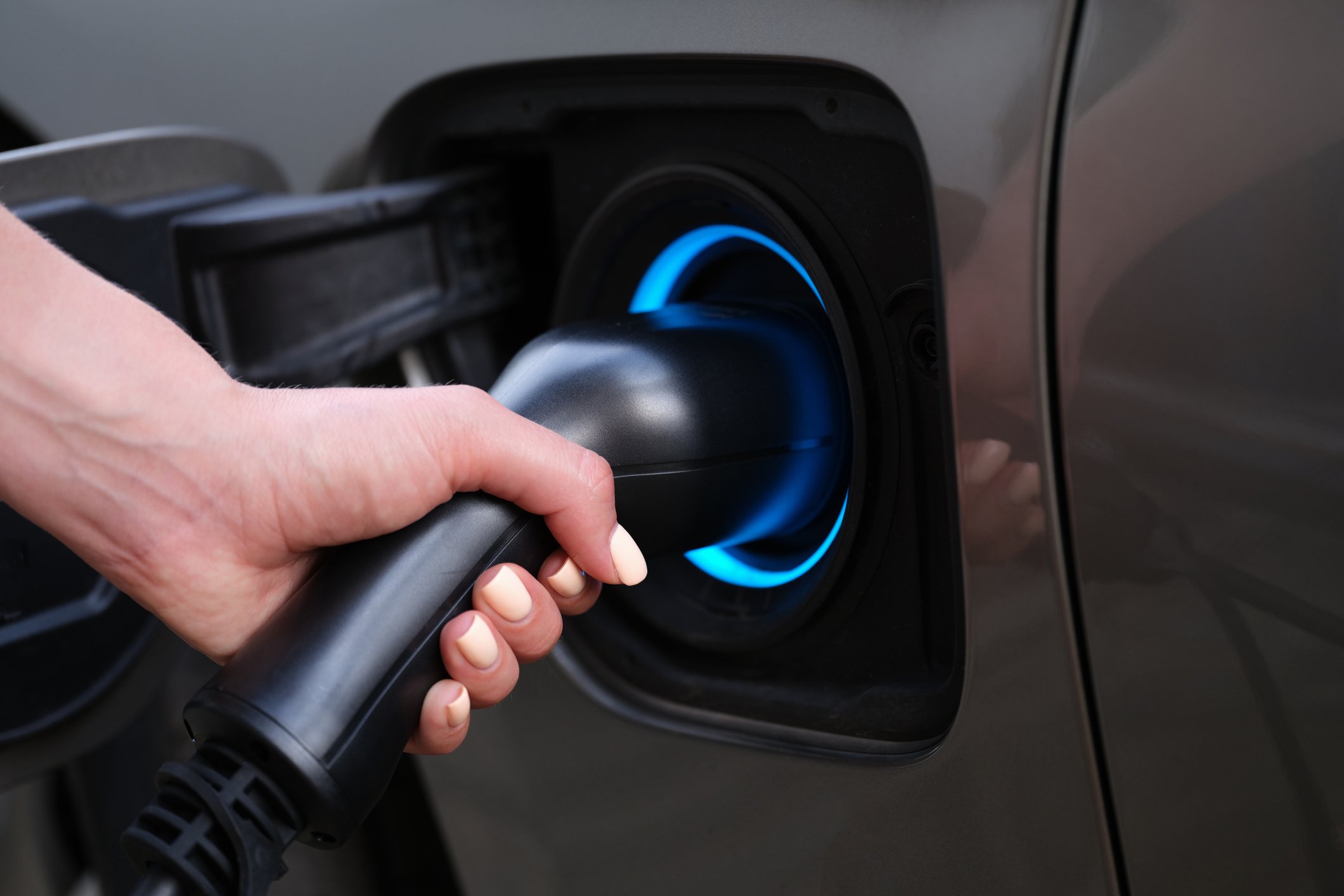Toyota's (TM 0.90%) Prius has been America's favorite green car for decades. In 2013, for the second-consecutive year, the Prius became the best-selling nameplate in California -- the country's largest automotive market. American Council for an Energy-Efficient Economy has listed the Prius C as 2013's "Greenest Vehicle". Other green cars from rival stables have failed to dent Prius' popularity, and its market standing.
Despite the success, all's not well with the iconic hybrid lineup -- its plain looks, back-to-back recalls, and growing competition from electric cars are pulling sales down. Management has met the challenge head-on by announcing a full redesign of the lineup by 2015. Can Toyota safeguard Prius' cult following in the U.S.? And how important is Prius' success in Toyota's overall scheme of things?

Toyota Prius with California's bumper stickers used to identify clean-air vehicles to gain free access to HOV lanes. Source: Wikimedia Commons
Still the lovable hybrid
No other automaker has succeeded with its hybrids like Toyota. The company has sold more than 6 million hybrid cars up to 2013, and more than half of these were Prius models -- it's the world's highest-selling, dual-powered car to date.
Honda's (HMC 0.85%) hybrid, the Insight, arrived in the U.S. seven months ahead of the Prius in 1999, but it has been no match for the latter. In 2013, Honda sold only 4,802 Insights in the U.S., and after years of weak sales, it has finally decided to stop production. It hopes to fare better with its new Accord hybrid, though. Ford sold a total of 35,210 C-Max units -- the company's first hybrid-only model, launched in 2003 -- in 2013 in the U.S.
But none of these numbers compare to the mighty Prius, which found more than 230,000 buyers in the U.S. last year. Prius accounts for roughly 11% of the Toyota brand's U.S. sales.
Tested like never before
Prius' market leadership is uncontested, but a problem for it lies in a sales trend that is heading south. People are beginning to get tired of the Prius' plain and conservative looks. During its launch, 17 years back, it was considered Toyota's style statement. But now, it's no longer the halo car that it once was.
To make matters worse, recently Toyota recalled more than 1.9 million Prius units to fix a software malfunction in the cars' hybrid power control units. The size of the recall is big enough to make buyers' cautious.

Graph by author. Source: goodcarbadcar.net
The new design can boost sales
Toyota wants to woo back its American buyers by giving Prius a "heart-racing" design. Thereby, the fourth-generation lineup to be rolled out next year is expected to get a sportier and more aggressive look. But people don't buy hybrid cars just for their looks, they also look at mileage and fuel cost. And all Prius models excel in this department. Other than the Prius V wagon that gives combined mileage of 42 miles per gallon, or mpg, all other Prius models give a combined mileage of more than 50 mpg, according to the EPA. Toyota is aiming for even better mileage for the new models.
The company will enhance the gasoline engine, and the cars will feature lithium-ion-battery packs instead of the existing nickel-metal-hydride batteries. The usage of lithium-ion batteries will make the car lighter and more powerful than its earlier versions. The Japanese automaker will implement the Toyota New Global Architecture, or TNGA, which will bring down the cars weight by an incredible 20%. The result could be roughly 8%-10% improvement in fuel efficiency.
The TNGA approach will also cut production costs as common parts will be used, which could make the cars cheaper. This could provide a competitive edge over purely electric cars. Electric cars are already several times costlier than the hybrids -- Tesla's Model S base price is just under $70,000, while the Prius and similar offerings from Honda, Ford, and others are in the $20,000-$30,000 range. However, this gap could reduce drastically if Tesla launches its Model E at $35,000. So any price reductions that Prius can achieve can go a long way.
Final take for investors
Prius has become one of the most important nameplates in Toyota's stable, and that's not because of the sales volume alone. The U.S. government's CAFE standards require carmakers to increase their fuel economy to 35.5 mpg by 2016, and to 54.5 mpg by 2025. Hybrids have a big role to play in reaching these goals. So, it's imperative for Toyota to maintain Prius' competitive edge and its market lead. Luckily for investors, the company is thinking along the same lines, and the next redesign could write new success stories for the car and its maker.







